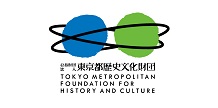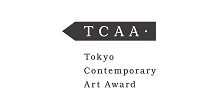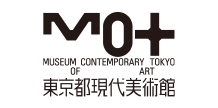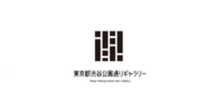Cayetano LIMORTE
- TOP >
- Archives >
- Residency Program >
- Cayetano LIMORTE
Curator Residency Program
update: 2024.12.6
Cayetano LIMORTE
| Participating Project | Curator Residency Program |
|---|---|
| Activity Based | Madrid |
| City / Place stayed | Tokyo |
| Period | 2024.5 - 2024.7 |
Purpose of the residency
My intention is to map the current state of video art in Japan, fifty years after the "Open Circuits, an International Conference on the Future of Television", an event held at MoMA (NY) in 1974, which officially introduced video in museums and Japanese video art on the international scene. To this end, I will try to learn first-hand about the experiences and points of view of current video artists in order to finally develop an exhibition project that, following the model of "Open Circuits", will reopen the debate on the present and the future of video art in Japan.
Plan during the residency
- Visiting specialized libraries that allow me to expand my compilation of bibliography on Japanese video art.
- Visiting film archives that allow me to access the work of pioneering video artists in Japan
- Conduct artist studio visits and interviews
- Develop my exhibition project
Activities during the residency
During my stay at TOKAS Residency I conducted a comparative study between video art in Japan in the 70s and the current video art scene, focusing on the relationship of artists with video itself and as a medium dependent on technological advances. From here, I developed an exhibition project that revisits the Open Circuits: An International Conference on the Future of TV, held at MoMA in 1974, and the presence of Japanese video art in this event. The small exhibition I presented during TOKAS Open Studio, as a representation of my ongoing project, was divided into two parts. The first part was dedicated to Shigeko Kubota and Toshio Matsumoto, the two artists who participated in the MoMA event. The second part showed the interviews I recorded during my stay with six contemporary video artists: Masayuki Kawai, Kentaro Taki, Michiko Tsuda, Tomotosi, Mai Endo, and Aya Momose. The result was an intergenerational dialogue fifty years after the pivotal event that officially introduced video into museums and Japanese video art to the international scene.
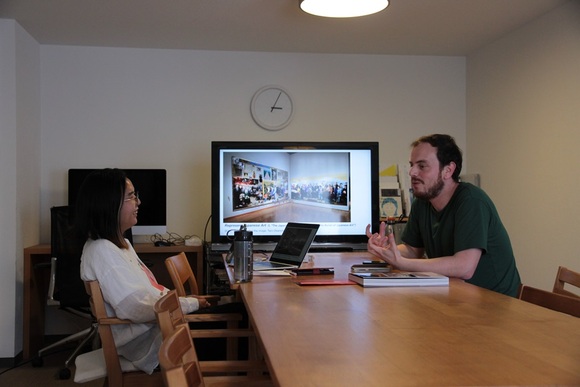
Mentoring Session with Tomoko Hisamatsu
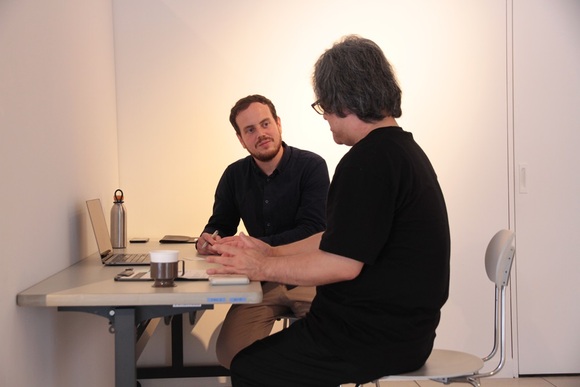
Studio Visit with Minoru Hatanaka
Outcome of the residency
After my experience working directly with the artists, conversing with them, and discussing topics of common interest, I have found in the recorded interview format, something I had never done before, a very rich methodological resource for my hybrid work between art history research and curatorial practice. The result of showing as the main section of the exhibition the spoken word of the artists, and not their works, was very interesting, as it motivated visitors to imagine and speculate about what kind of works those artists make, awakening their interest in them.
On the other hand, the experience during my curator talk, in which I showed the work of several Spanish artists with whom I am collaborating recently, was very enriching for me, as it allowed me to get to know the interests of the local audience and to discuss, from completely different backgrounds, about common concerns in relation to artistic practice. This encourages me to continue conceiving the exhibition as a transcultural meeting space in which to share experiences and knowledge.
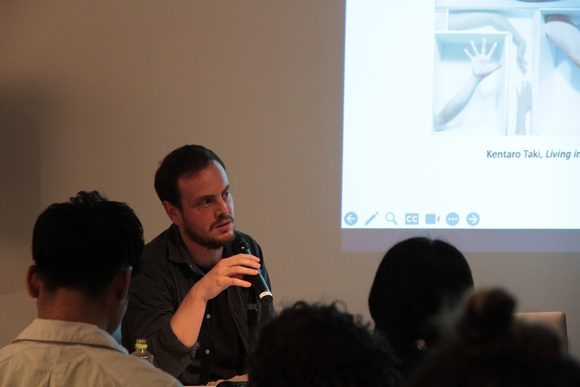
"Curator Talk Vol.4" on the Spanish contemporary art scene
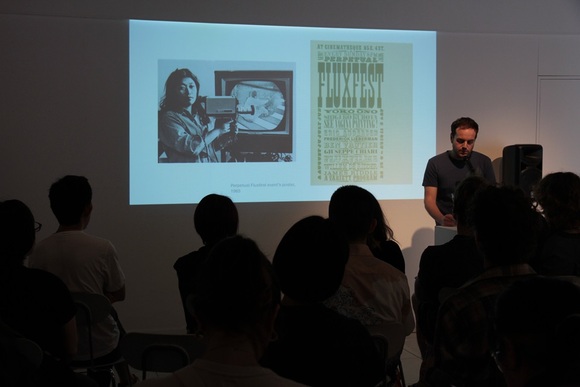
"OPEN STUDIO" presentation talk
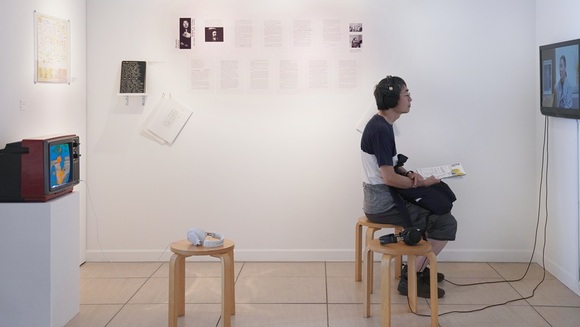
"Reopening the Circuits", view of Cayetano Limorte's project at "OPEN STUDIO"




